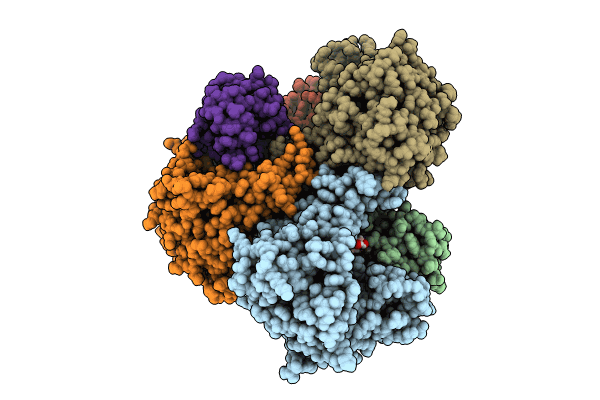
Deposition Date
2024-03-08
Release Date
2024-10-16
Last Version Date
2024-10-16
Entry Detail
PDB ID:
9EMK
Keywords:
Title:
DupA from legionella covalently bound to ubiquitin-based probe
Biological Source:
Source Organism:
Legionella pneumophila subsp. pneumophila (Taxon ID: 91891)
Homo sapiens (Taxon ID: 9606)
Homo sapiens (Taxon ID: 9606)
Host Organism:
Method Details:
Experimental Method:
Resolution:
2.17 Å
R-Value Free:
0.23
R-Value Work:
0.18
Space Group:
P 32


